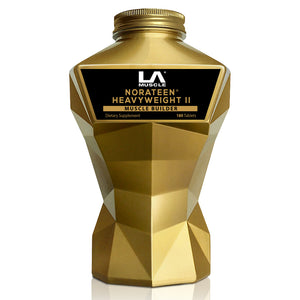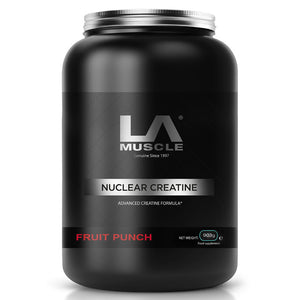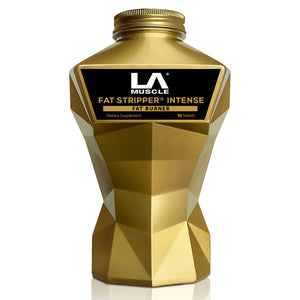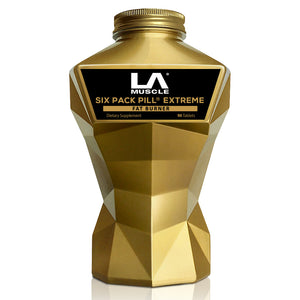
Most people think building strength means battering your muscles to exhaustion in the gym and then waiting days to recover. The Grease the Groove (GTG) method flips that on its head. Made popular by strength coach Pavel Tsatsouline, GTG focuses on frequent, sub-maximal practice of a movement to supercharge strength gains—without getting sore or burnt out.
It’s not a bodybuilding technique. It’s a nervous system training strategy designed to hardwire strength into your body through repetition, skill, and neurological efficiency.
The Core Principle: Practice, Not Punishment
Instead of going to failure, you perform the same movement multiple times a day at around 40–60% of your max effort. The goal is to "grease" the neurological pathway so your body becomes more efficient at that movement.
You're not breaking down muscle—you’re teaching the nervous system to fire stronger, faster, and more synchronised.
Why It Works So Well
GTG builds strength in a totally different way to typical gym training:
-
Neurological Efficiency
Your body learns to recruit more muscle fibres with less effort. More activation means more strength. -
High Frequency Without Fatigue
You stay fresh because you’re never training to failure. There’s no soreness, no burnout, and no recovery delays. -
Skill Mastery
Strength is a skill. The more often you replicate perfect reps, the more your body locks it in. -
Daily Strength Gains
Instead of hitting a muscle once a week and waiting to recover, you’re practising the movement daily—sometimes hourly.
Movements That Work Best with GTG
The method shines with compound, bodyweight or strength-based movements, especially:
-
Pull-ups
-
Push-ups
-
Dips
-
Handstand push-ups
-
Kettlebell presses
-
Pistol squats
-
Dead hangs
-
Planks
-
Grip work
-
Dumbbell or barbell holds and presses
How to Structure Your GTG Routine
Here’s a practical approach:
Step 1: Test your max reps or one-rep max for the chosen exercise.
Step 2: Perform 40–60% of that max per set.
Step 3: Repeat the movement 5–20 times per day, with plenty of rest between sets (at least 30 minutes).
Step 4: Never train to failure. Every set should feel easy, clean, and explosive.
Example:
If your max is 10 pull-ups, you’d do sets of 4 or 5 pull-ups, spread across your day:
-
Morning
-
Midday
-
Afternoon
-
Evening
Repeat every day or 5–6 days a week.
How Long Before You See Strength Gains?
Many people see improvements within 2–4 weeks. Your reps climb quickly because the nervous system adapts faster than muscle tissue.
You won’t gain much muscle size from GTG alone, but you’ll build serious strength, control, and performance. Pair it with standard hypertrophy training or good nutrition if you also want size.
Who GTG Is Perfect For
-
People who want to increase reps in pull-ups, push-ups, dips, and similar movements
-
Busy professionals who can’t do long workouts
-
Anyone stuck on a strength plateau
-
Athletes who need strength without fatigue
-
Calisthenics enthusiasts
-
Martial artists, climbers, and tactical personnel
Common Mistakes to Avoid
-
Going to failure
-
Doing too much volume in one session
-
Training with poor form
-
Treating it like a workout rather than skill practice
-
Ignoring mobility and recovery
Combining GTG with Other Training
You can combine GTG with other training, but do it intelligently:
-
Keep GTG movements separate from your main heavy gym sessions.
-
It pairs well with strength days, conditioning, mobility, and skill work.
-
Avoid mixing GTG reps into your workouts—keep them spaced throughout the day.
Real-World Example
Goal: 20 consecutive pull-ups
Current max: 8 reps
GTG setup:
Do 3 or 4 pull-ups, 5–8 times a day
Rest 30–60 minutes between mini-sets
Repeat 5–6 days a week
After 4 weeks, many people hit 12–15 reps. After 6–8 weeks, 20 becomes realistic.
Grease the Groove isn’t training your muscles—it’s training your nervous system. You’ll get stronger by practising strength like a skill, not exhausting yourself.
If your goal is to boost reps, increase strength fast, avoid soreness, and train anywhere at any time, GTG is one of the most effective and underrated methods available.


























